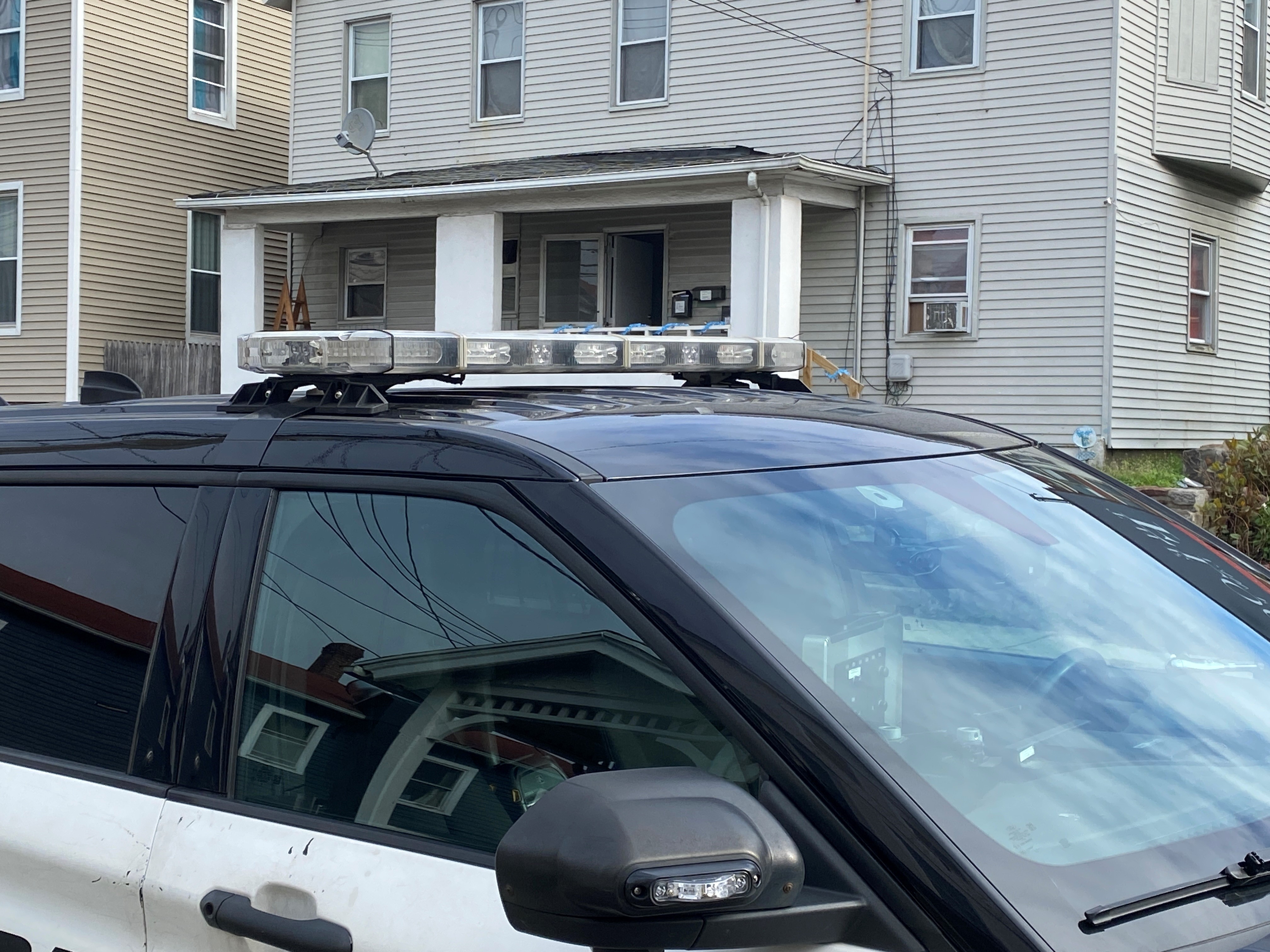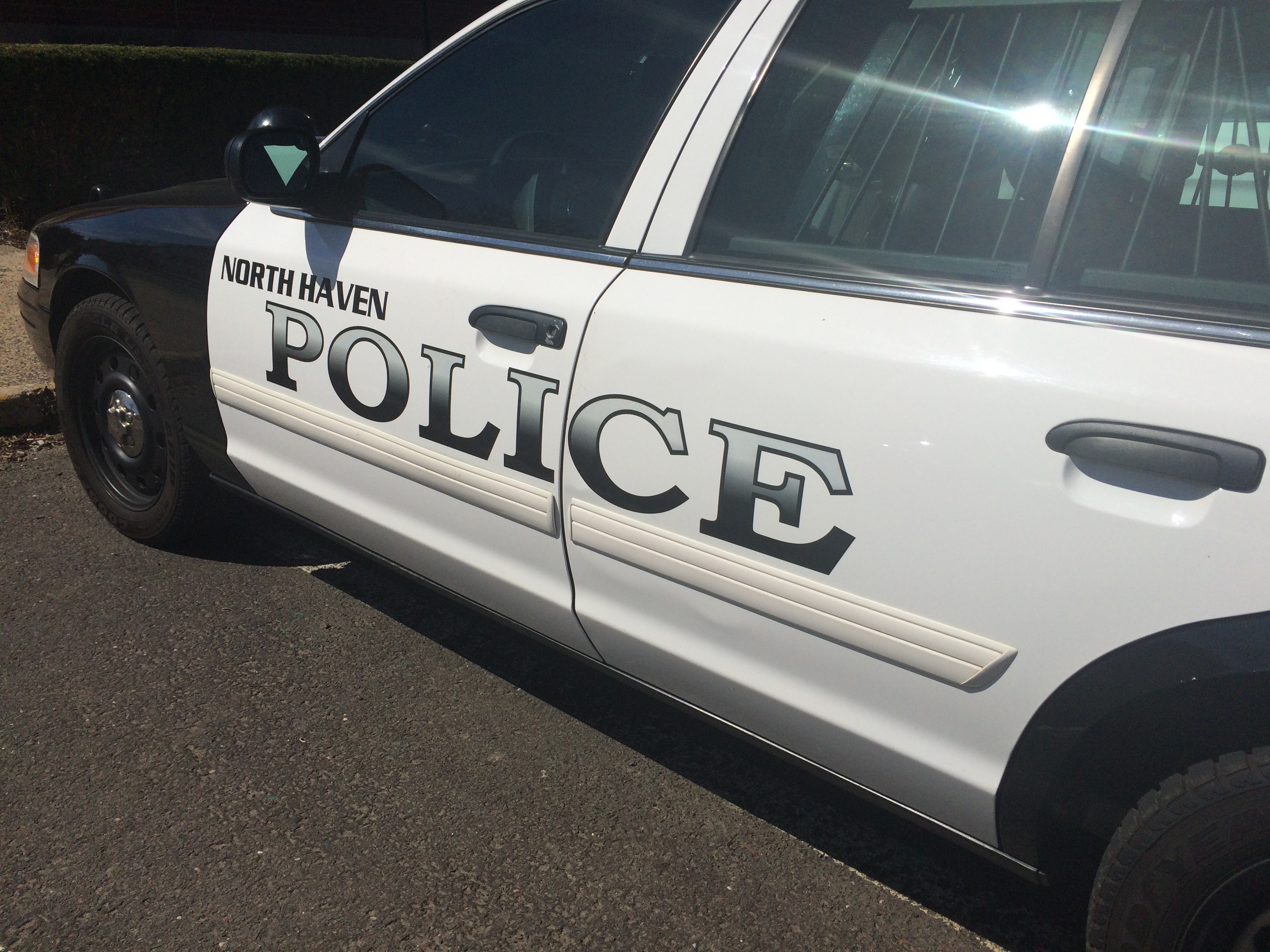Wait until you see this bear video! It’s a phrase we have been saying more and more.
Your photos and videos keep coming into our newsroom, and we thank you for sharing.
Our increasing familiarity with bears in Connecticut has continued to raise questions about how safe this all is, as we receive more reports of bear encounters, in more suburban, and even urban settings in our state.
Get Connecticut local news, weather forecasts and entertainment stories to your inbox. Sign up for NBC Connecticut newsletters.
Chief Investigative Reporter Len Besthoff examined this issue three years ago and learned a lot has changed.
With a combination of fear and amusement, the Serkosky family of Farmington got an inches away view to start their day.
“The first thing was just oh my I can't believe he's hanging off of our window”, Serkosky said.
Local
They got to see the cub’s claws up close and personal too.
The Serkoskys live not even a mile from I-84, and Westfarms mall. This sighting is not a surprise to University of Connecticut professor Dr. Tracy Rittenhouse, based on her research.
“We looked at the movements of GPS collared bears in neighborhoods with different housing densities, and we showed that in neighborhoods with lots of houses, bears were more likely to walk closer to houses and farther from roads, than in places with lower housing densities,” Rittenhouse explained.
The Serkoskys know the bear they nicknamed Licorice came to their home attracted by bird food, even though it’s discouraged this time of year…when bears are fattening up for winter…
“We're used to seeing them in the area, but not hanging off our house,” Serkosky added.
We asked Serkosky if she could give up her bird feeding until late fall when bears are less active. She said she wasn’t quite ready to take that step, but might have to if she gets another visit to her window.
Down the road in Simsbury, the unofficial bear capital of Connecticut, Penelope Sanborn told us about a close call between her family dog and a bear, all caught on their security camera!
Eight year old boxer Leo ended up scaring the bear off.
“It was a close call. And it was…. It was a few moments of my heart racing… he acted like a normal animal. You know, just protecting his garage, and the bear acted like a normal animal and just was like, whoa, I’m out of here," Sanborn said.
It’s not just about the amount of bear sightings in Connecticut, it’s also where they are being called in. For example there have been a bunch of them in urban Stamford, Connecticut just this summer they had a call down this street which is only a few miles from downtown.
Head Animal Control Officer Tilford Cobb cannot say for certain Stamford is the new frontier on bears’ southwestward expansion. But it may be.
“A lot of times these bears that are coming through are looking for new territory. So we believe this bear may have been in this area trying to find a new home. Ended up venturing further north. But yeah, he was downtown and he was in backyards near homes, he ended up moving on,” Cobb said.
Right now the state Department of Energy And Environmental Protection (DEEP) estimates our state has a population of roughly 1000 to 1200 bears, up at least 25% since 2018.
Plus, DEEP reports in 2020 the state recorded more than 3500 human/bear conflicts, almost tripling the previous record from 2018.
Jenny Dickson, director of DEEP’s wildlife division, told NBC Connecticut Investigates that “…those numbers are all going up and our bear population is very reproductively successful. They're having you know, several cubs per litter and the cubs' survival rates are very high. So you know, those are all indicators of a growing population.”
Meriden Record-Journal “Woods and Water” outdoors columnist Mike Roberts believes the upswing in human-bear interactions increases the potential for dangerous, even fatal encounters in Connecticut.
He favors a limited bear hunt to keep the population manageable.
“My biggest fear is that one these days, there's going to be a human incident. And it's not going to be nice. And then what we're gonna do just say we're sorry?”, Roberts said.
Roberts’ position is shared in part by DEEP, which said a bear hunt should be one of many tools in its toolbox to better manage bears.
DEEP’s Wildlife Division director Jenny Dickson cautioned, “It's not a one stop solution. So we just have to see how that fits with everything else and what it looks like in terms of proposal.”
State legislators introduced bear hunt legislation 2017, 2018, 2019, and 2021. Next year is not expected to be any different.
Darien-based Friends of Animals however, said it will be first in line to oppose it, insisting bear hunts are not necessarily effective, and the issue really has to do with humans refusing to do things like getting bear-resistant garbage cans, and putting bird feeders away except for winter.
“The problem is not, you know that there's too many bears or that all of a sudden they're getting bolder like out of some horror movie,” It's for the safety of people and bears that people have to start modifying their behavior and behaving if they live in bear territory,” said the Friends of Animals Director of Media/Government Relations Nicole Rivard.
Some towns have now in fact, getting more aggressive when it comes to changing human behavior. At least six Connecticut communities have adopted ordinances penalizing people who leave bird feeders, garbage cans, and other bear attractants outside during their active season.
Rittenhouse said that probably won’t have much of an impact unless restrictions like that are statewide and not just a patchwork of towns.
“Bears don't see town boundaries; it doesn't stop their movements. So, they're going to move back and forth between different towns. If you have towns that have very, very different ordinances, and very different levels of food availability to bears, the bears are going to just move back and forth.”
Sanborn does not have a problem with towns trying to curb people feeding bears.
She believes if people just act responsibly, they can co-exist with the bears…and there’s no need for a hunt.
“Once you move to Connecticut, you embrace Connecticut, and you embrace everything that all the wildlife and beauty that this country burb we live in, has to offer,” Sanborn said.



